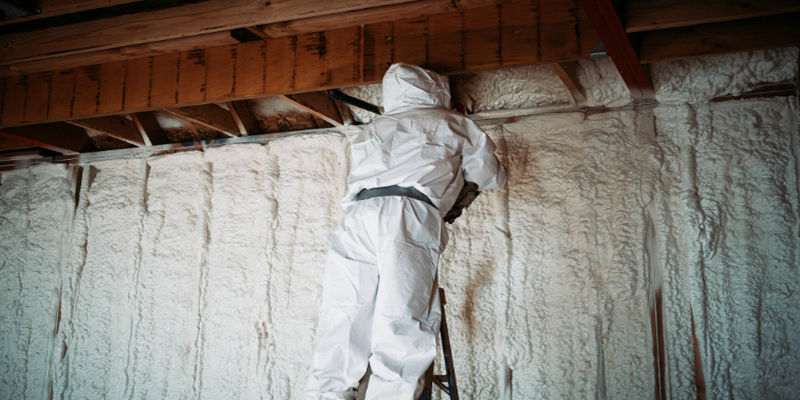Spray polyurethane foam (SPF) is a versatile insulating material widely used in construction and other industries to build up a seamless, efficient insulation layer. The formulation of SPF is a complex mix of chemicals, each of which plays an important role in producing foams with unique insulation, flexibility and adhesion properties. As a professional polyurethane catalyst supplier, we focus on supporting the best reaction and performance of SPF systems.
Composition of Polyurethane Foam
Polyurethane-based foams consist of several key components that work together to form a durable, effective foam. The basic components of polyurethane foam include:
1. Base Polyol Resin: This polyurethane-based resin forms the core of the foam structure, providing strength and elasticity. Typically, polyether polyols are used because they are durable, cost-effective, and compatible with other foam components.
2. Copolymer Polyol Resin (Copolyols): Copolyols are often added to enhance specific properties, like flexibility, strength, and stability, ensuring the foam performs well under various conditions.
3. Isocyanate (TDI, TM20, or MDI): Isocyanates such as Toluene Diisocyanate (TDI), Methylenediphenyl Diisocyanate (MDI), or specialty formulations like TM20 are essential for the foam reaction. They react with polyols to create polyurethane and produce carbon dioxide, which forms the foam’s cellular structure. This cellular structure gives SPF its insulating and cushioning properties.
4. Water: In SPF, water serves as a blowing agent that reacts with the isocyanate, releasing carbon dioxide gas that helps expand the foam and form its insulating cellular matrix. For specific applications, hydrofluoroolefins (HFOs) or other auxiliary blowing agents may also be used to meet performance or environmental standards.
5. Catalysts: Catalysts play a crucial role in regulating the speed of the chemical reaction. Catalysts such as MXC-T and MXC-C15 are commonly used in SPF, providing controlled reactivity that ensures consistent foam quality. MXC-T, known for a smooth response curve, and MXC-C15, which promotes urethane formation, are ideal for high-performance SPF applications.
6. Surfactants: Surfactants control foam stability, cell size, and overall structure, ensuring that the foam expands evenly. Silicone-based surfactants are commonly used due to their compatibility and stability with polyurethane formulations.
The Role of Catalysts in SPF
Catalysts such as MXC-T and MXC-C15 are important to optimize the performance of SPF, ensuring rapid curing, excellent adhesion, and smooth application process. These catalysts help balance the density and reactivity of the foam, enabling SPF to create seamless, durable insulation that improves energy efficiency, moisture resistance, and structural integrity.
This balanced component formulation makes SPF an exceptional insulating material that meets the needs of residential, commercial and industrial applications. As experts in polyurethane catalysts, we support the production of high quality SPFS that provide performance and durability.
Post time: Nov-12-2024

